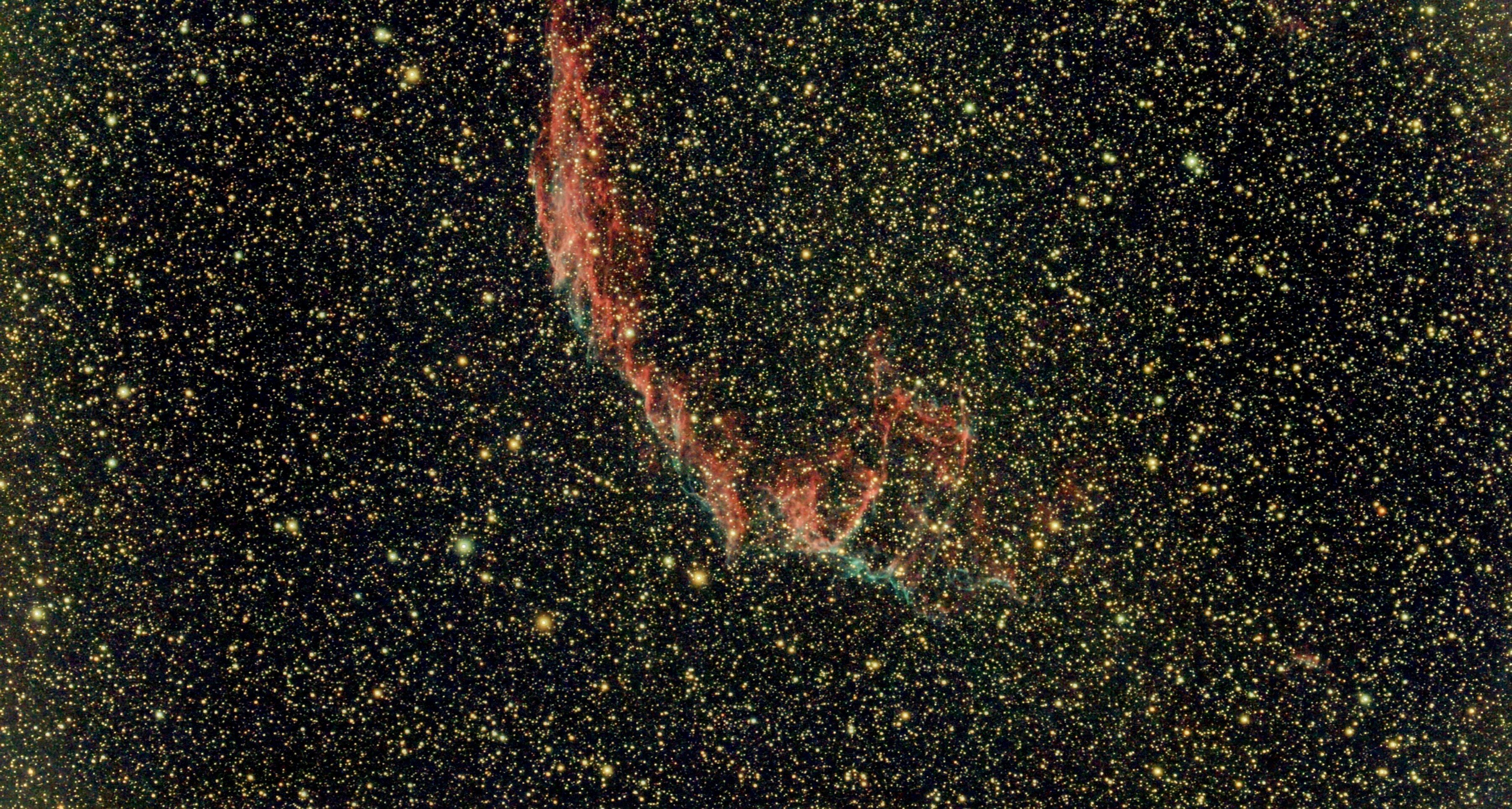Gold makes for an awful standard due to thermal expansion, but I feel this is more a historical artefact than an actual standard.
Right? Didn’t they define the kilogram, make identical copies of the standard, sent them to different countries, then after years, reunited them and found they all diverged in mass?
And now they have made a perfect silicon sphere with the same mass as the standard kilogram, then counted all the atoms. So now we know the exact mass in silicon atoms of a kilo.
Let’s just define tagliatelle in light nanoseconds and be done with it.
Since 2019, the kg is just defined in terms of the Plank constant and some math with the resonant frequency of cesium as well as the speed of light. There was too much variability in anything physical so they decided to just fix some constants at whatever value they were close to.
It’s part of the attempt to more accurately define Avogadro’s number and the kilo.
https://www.nist.gov/si-redefinition/kilogram-silicon-spheres-and-international-avogadro-project
The redefinition of the mole in 2019, as being the amount of substance containing exactly 6.02214076×10^23 particles
Since the 2019 SI redefinition, avogadro’s number is a constant.
https://en.wikipedia.org/wiki/Avogadro_constant
Edit: looks like we were both right! I was reading through your link and it seems the work reported by the NIST led to the exact definitions for Avogadro’s number and the Planck constant.
They counted the atoms?
Didn’t they just took the mol mass and calculated it? (Not sure if mol mass is the right term… School chemistry is a long time ago…)
And I don’t see how we even should be able to count them.
Would be really interested, if it happened that way, how they did it.Ironic how the US wants to define the kilogram while the majority refuses to use it.
Thank you very much!
Thanks for the additional information!
They gave up on that plan. Defining Plank’s constant happened first. It could still be done as a secondary confirmation, but it’s less of a race now to get away from K
This is Italy, it’s got have style.
https://en.m.wikipedia.org/wiki/Tagliatelle
Tagliatelle (Italian: [taʎʎaˈtɛlle] ⓘ; from the Italian word tagliare, meaning ‘to cut’) are a traditional type of pasta from the Italian regions of Emilia-Romagna and Marche. Individual pieces of tagliatelle are long, flat ribbons that are similar in shape to fettuccine and are traditionally about 6 mm (1⁄4 in) wide.[1] Tagliatelle can be served with a variety of sauces, though the classic is a meat sauce or Bolognese sauce.
Looks like it says 8mm in the picture
The camera is known to put on a few mm
Fix it
Mamma Mia 8
Thanks I had no idea what it was.
Is that the skin you unlock if you made 1 million tagliatelle?
Ah. Good. Now we can calculate the optimal amount of ketchup to pour over them. I also like them uncooked on pineapple pizza. Yummy.
You have to break them in half first
Not approved
The first part of this made me think you’re making a joke about being tasteless, then you said the pineapple pizza part and given that pineapple on pizza is just plain wrong, you might be serious
Of course they are serious. Ketchup is the best pasta sauce hands down.
It can even be used as a replacement for tomato sauce on pizza, just so damn multifunctional.
But I agree, pineapple on pizza is wrong, that is why I prefer kiwi and banana on there instead. The taste is incredible!
Pete the cat has entered the chat, those are socks on the pizza.

I can’t up vote you
And down vote you
It’s not fair
pineapple on pizza is just plain wrong
I’m sorry you grew up uncultured :(
I’ll die on this hill.
This reminds me of this video that shows how Italian food is a recent invention https://youtu.be/iZZfwyKa0Lc
A lot of “traditional” national foods are like that, especially if you consider pre-columbian food traditions. If you just limit it to chocolate, tomatoes, sweet and hot peppers, potatoes, and beans, none of which were used or available in Europe until after importation, you see that it gets murky pretty quickly. Funny how we associate potatoes with Ireland, tomatoes with Italy, and chocolate with Switzerland when they’re actually all indigenous American foods.
What are some actual European foods that people ate hundreds of years before that?
From what I can find, there was a lot of barley, wheat, rye. Meat and fish. Peas, cabbage, apples, pears, grapes, honey, legumes, herbs, cheese.
Recipes turn out to be a lot of bread with cheese, meat or stews, with wine or beer. And also things like pancakes and other baked goods.
Take veel other motoun and smyte it to gobettes. Seeth it in gode broth; cast therto erbes yhewe gode won, and a quantite of oynouns mynced, powdour fort and safroun, and alye it with ayren and verious: but let it not seeth after.
—Curye on Inglysch, IV.18.
Meat, grains, fruit, and veg. Just different ones and less variety.
The tartiflette, a very popular traditional meal from Savoy in the Alps, was invented in the 70s !
Beans are native to Europe.
One “bean” is native to Europe. The fava or horse bean to be specific.
Pretty shocking, eh?
Well I never.
“I need to steal… The golden Tagliatelle”

Hey…I know some of those words! Not all of them…but some!
It looks extremely al dente.
It’s the ultimate fettuccine noodle. No more measley gold leaf in my Alfredo anymore.
I picture the security guard at the building there dealing with this one guy who loves tagliatelle but is a total tagliatelle snob, and he keeps ordering it when he goes out but then he comes to rhe Palazzo and he’s obsessed, wants to check every noodle against the gold standard, thinks he’s being gang stalked, knows the Palazzo asked him not to return but he keeps coming back.
But does it come with breadsticks?








